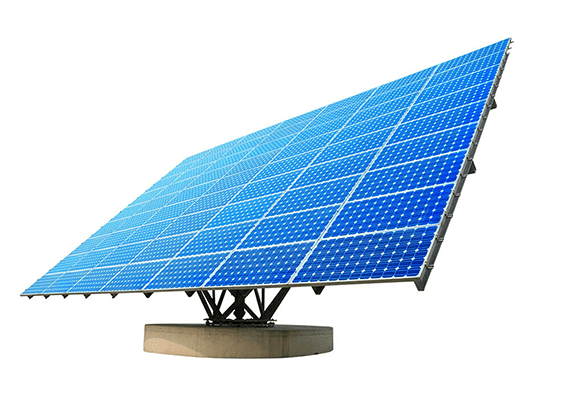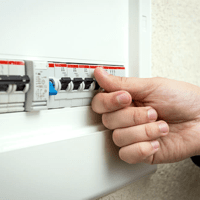How Solar Panels Work?
Understand the process, from sunlight to savings
Solar power works by converting light from the sun into electricity. This electricity can then be used in your home or exported to the grid when it’s not needed. This is done by installing solar panels on your roof which generate DC (Direct Current) electricity. This is then fed into a solar inverter which converts the DC electricity from your solar panels into AC (Alternating Current) electricity.
With solar power, you don’t need to switch it on in the morning or switch it off at night – the system will do this seamlessly and automatically. You also don’t need to switch between solar power and the grid, as your solar system can determine when is best to do so based on the amount of energy being consumed in your home. In fact, a solar system requires very little maintenance (as there are no moving parts) which means you’ll hardly know it’s there. This also means a good quality solar power system will last a long time.

The Benefits of Going Solar
From mitigating environmental impact to reducing long-term energy costs, going solar offers substantial benefits for you and the planet. It reduces reliance on fossil fuels, leading to a significant decrease in greenhouse gas emissions and combating climate change. Additionally, solar power shields homeowners and businesses from fluctuating electricity prices.





